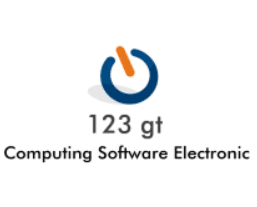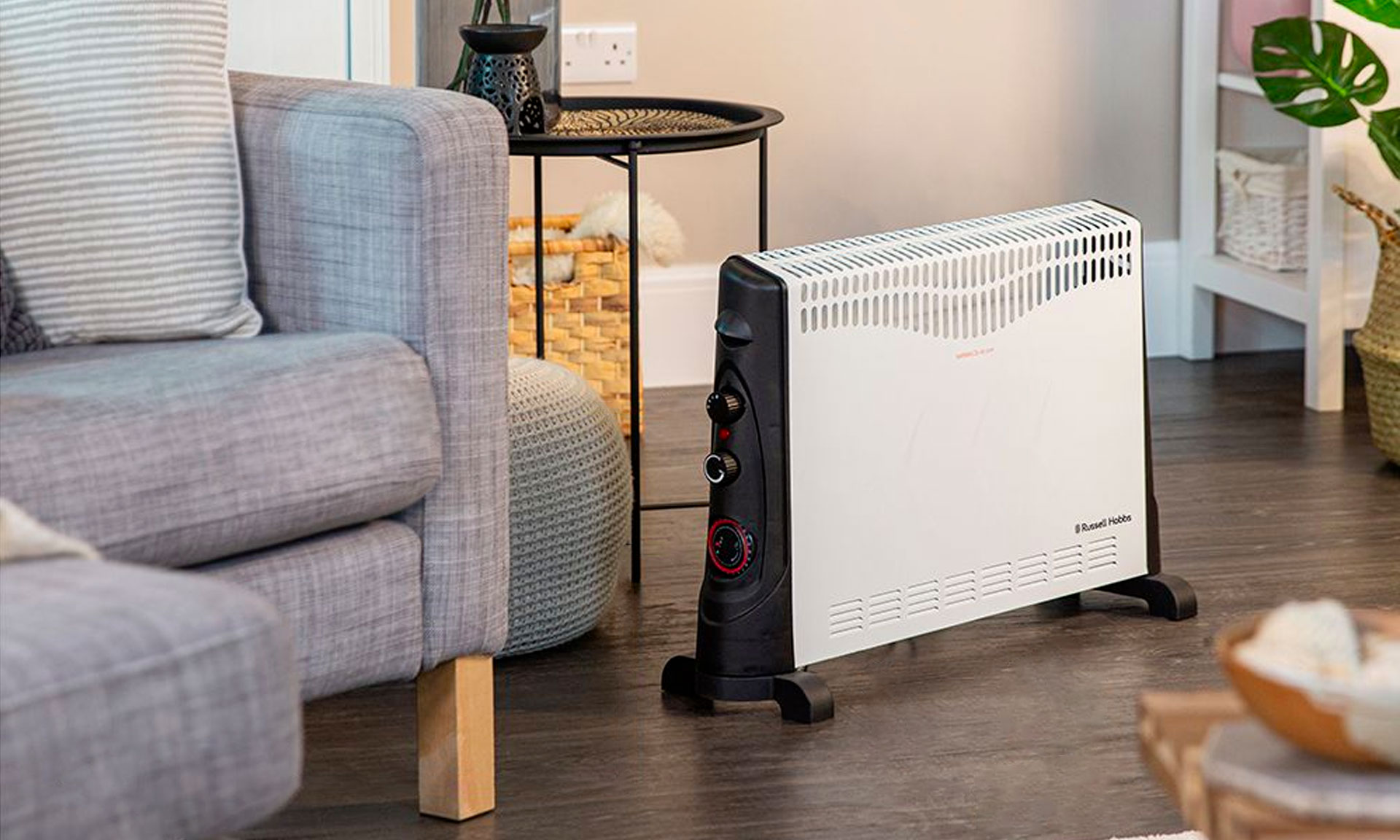Electric heaters are a great option for customers who need to ‘take the edge off’ in their offices in the morning, when the hot coffee just isn’t quite cutting it. Or perhaps they have a pottery studio and need to keep their space to a temperature range to avoid damaging the clay. Or they have a guest room that they don’t usually use but have family staying for a few days and want to find a way to heat the space, as the baseboard electrics weren’t installed in the room.
But how can people maximise the performance and efficiency of one of the least efficient ways to heat a space – that is, maximum output with no retention? There are a few key things to bear in mind. Let’s dive into how your customers can take the edge off, while retaining as much heat as they can from a seemingly non-retentive heat source.
Enclose the Space
One of the worst things about an electric heater is that they don’t retain any heat themselves, instead they use convection to move the heat they do create around the space in a constant fashion. One way to mitigate the heat loss is to enclose the space that’s being heated for a brief period of time – making sure that your heater is at least three feet away from anything that’s flammable before closing the door and shutting the windows. This will allow your electric heater to build up heat within the space.
Save Money By Using Your Electric Heater Targetedly
One option to save some money and use your space heater in a targeted fashion is to turn down the furnace or other larger heating system, so that it heats your home to around 15℃, then utilise the space heater to heat up a child’s room or your office area (again, ensuring three feet of space between the heater and flammables), this will allow your main home to remain relatively warm, while maximising the utility of the electric heater for its intended purpose.
Automate The Process
Technology is great! Electric heaters are now being produced with all sorts of built-in efficiency and safety features. You should allow your customers to have a wide range of choices of heaters, most with built-in efficiency features like an automatic shut-off, once an external temperature has been reached – this is done via a temperature sensor. This functionality allows the electric heater to heat the room to a specific, pre-set temperature before shutting off. Therefore, no further energy is wasted, and the targeted room is warmed sufficiently.
Ceramic Electric Heaters Are More Efficient
If your customers are already looking for an efficient electric heater, then ceramic heaters – heaters that use a ceramic plate that is heated by an electric coil behind it, which then emits the heat into the room via a fan – are among the best options.
This type of heater generally uses 1KW of electrical energy per hour and does an incredible job of heating up a small space, most models also have an automatic thermostat, which allows them to track their temperature output and adjust accordingly. They are also almost 100 percent efficient – meaning that they convert almost all of the electrical energy into heat, making them absolutely perfect for heating small spaces quickly.
Regardless of your needs for your client’s electric heater, there’s always a trade-off between energy-efficiency, size and portability. Luckily, most electric heaters of any sort strike this balance fairly well and if used properly, can be your clients’ answer to their small-space heating woes.











